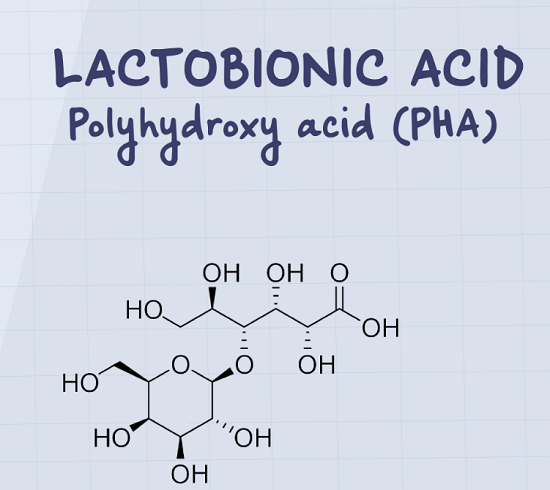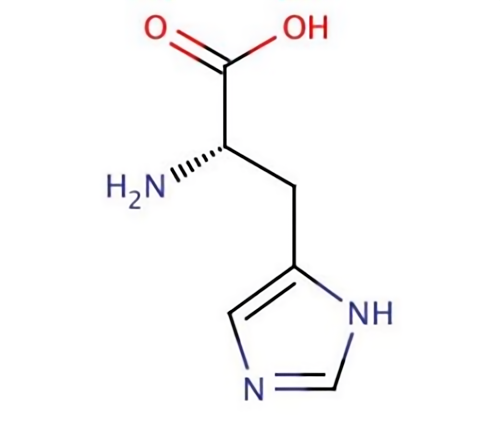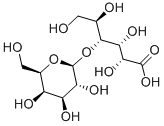What is the use of Lactobionic acid
Jul 29,2024
Introduction
Lactobionic acid is a polyhydroxy acid (PHA) that belongs to the same family as other well-known skincare acids like alpha hydroxy acids (AHAs) and beta hydroxy acids (BHAs). It is derived from lactose, a milk sugar, and is known for its excellent moisturizing properties and gentle exfoliation. The gentle giant is the oxidized form of lactose derived from milk and has a larger molecular size than AHAs. This means that it won’t penetrate deeper into your skin to cause irritation or sensitivity from regular use,, making it suitable for sensitive and dry skin types. The compound is also naturally produced in your body, making it a safe ingredient for all skin types.

Uses
One notable protective use of lactobionic acid, Bionic acids used in some commercial skin care formulations, is as an antioxidant chelator in organ transplantation preservation solutions. Lactobionic acid reportedly inhibits hydroxyl radical production by forming a complex with the oxidation-promoting metal Fe(II). Furthermore, gluconolactone (a PHA) lactobionic acid and maltobionic acid (BAs) inhibit oxidative degradation of hydroquinone and banana peel. Lactobionic acid also functions as an inhibitor of the matrix metalloproteinase (MMP) enzymes. Excessive activity of MMPs occurs with age and sun exposure, contributing to wrinkle formation, skin laxity, and visible telangiectasia. The use of BAs to inhibit MMPs may provide a significant benefit in the prevention of photodamage. Lactobionic acid and biotin were used to target cancer cells, but an extra dimension of targeting capability was added by incorporating polylysine in the DDS as a nucleus-targeting ligand.
Side effects
Lactobionic acid is generally well-tolerated by most individuals, including those with sensitive skin. However, as with any skincare ingredient, some people may experience mild side effects. These can include temporary redness, stinging, or a slight tingling sensation. If you have extremely sensitive skin or a known allergy to lactose or milk products, it is advisable to perform a patch test or consult a dermatologist before incorporating lactobionic acid into your skincare routine.
- Related articles
- Related Qustion
- Lactobionic Acid Benefits Jan 12, 2022
Lactonionic acid is a high value lactic acid derivative that has potential in skincare as a less irritable AHA (it’s sub-category is a PHA) and while it’s just gaining prominence it’s not exactly new.
Supplementation with pyridoxal 5'-phosphate monohydrate can synthesize neurotransmitters such as dopamine and serotonin, maintaining a healthy nervous system.....
Nov 4,2025Biochemical EngineeringL-Histidine is an essential protein amino acid in food and has a wide range of applications in medicine.....
Dec 16,2024Amino Acids and ProteinsLactobionic acid
96-82-2You may like
Lactobionic acid manufacturers
- Lactobionic acid
-

- 2025-12-14
- CAS:96-82-2
- Min. Order:
- Purity: 0.99
- Supply Ability:
- Lactobionic acid
-

- $0.00 / 25Kg/Drum
- 2025-12-13
- CAS:96-82-2
- Min. Order: 1KG
- Purity: 98%-102%
- Supply Ability: 10 tons
- lactobionic acid
-

- $1.00 / 1KG
- 2025-12-11
- CAS:96-82-2
- Min. Order: 1KG
- Purity: 99%
- Supply Ability: 10 mt






